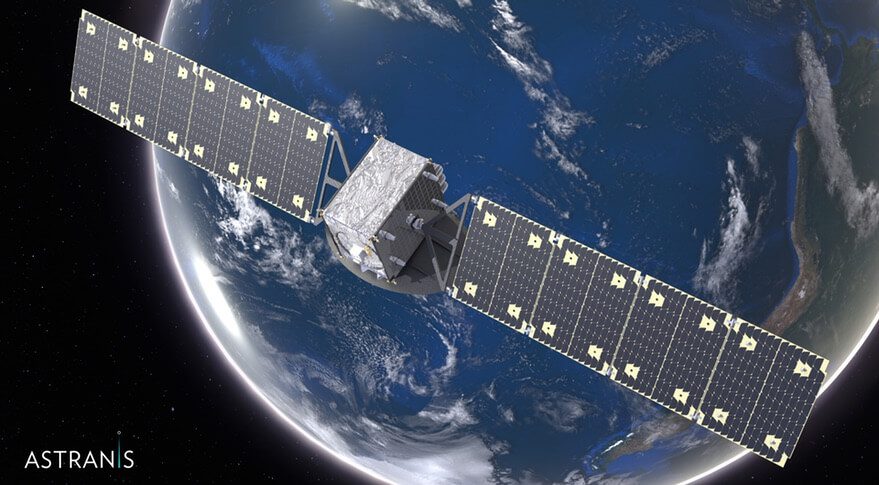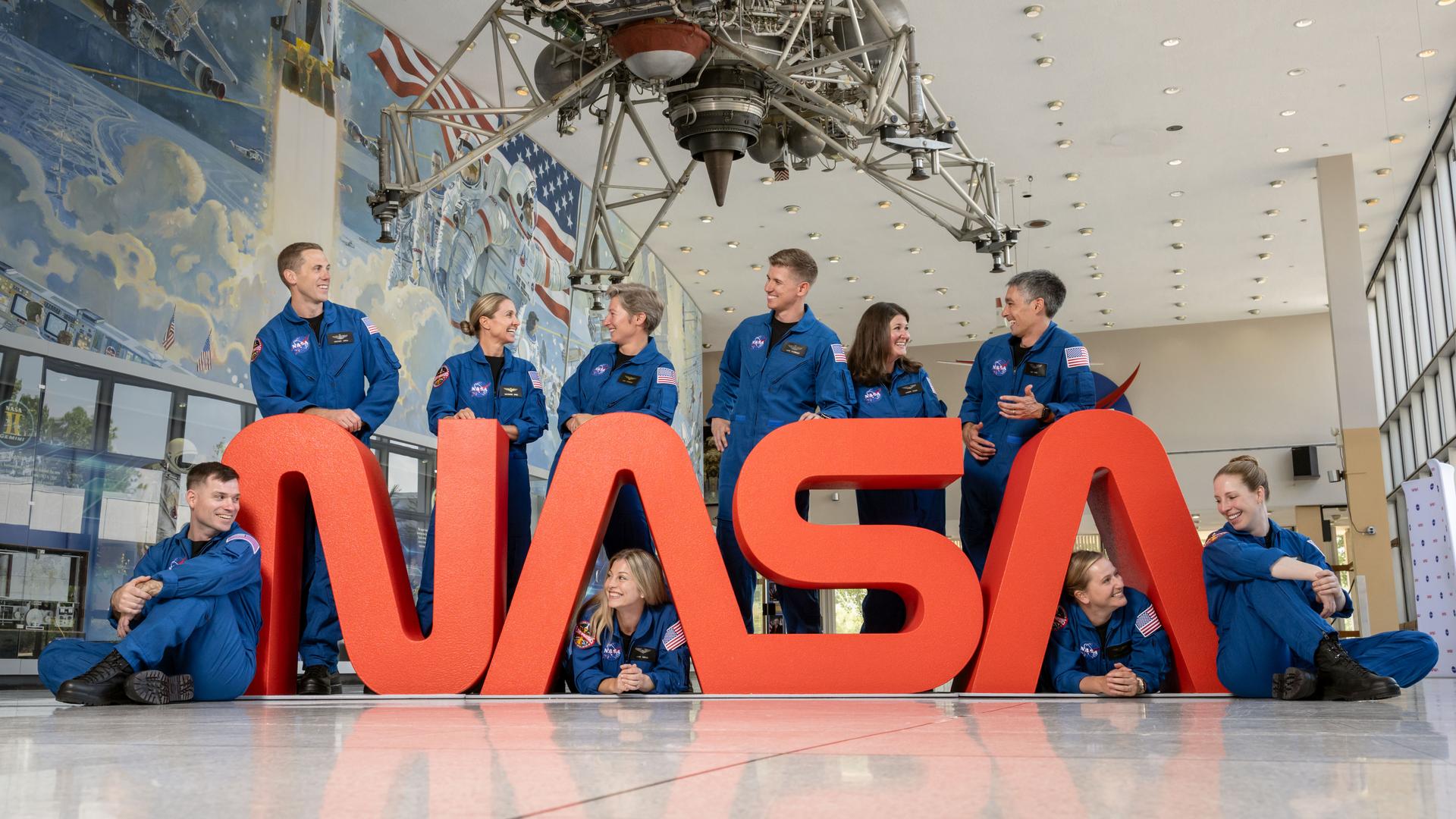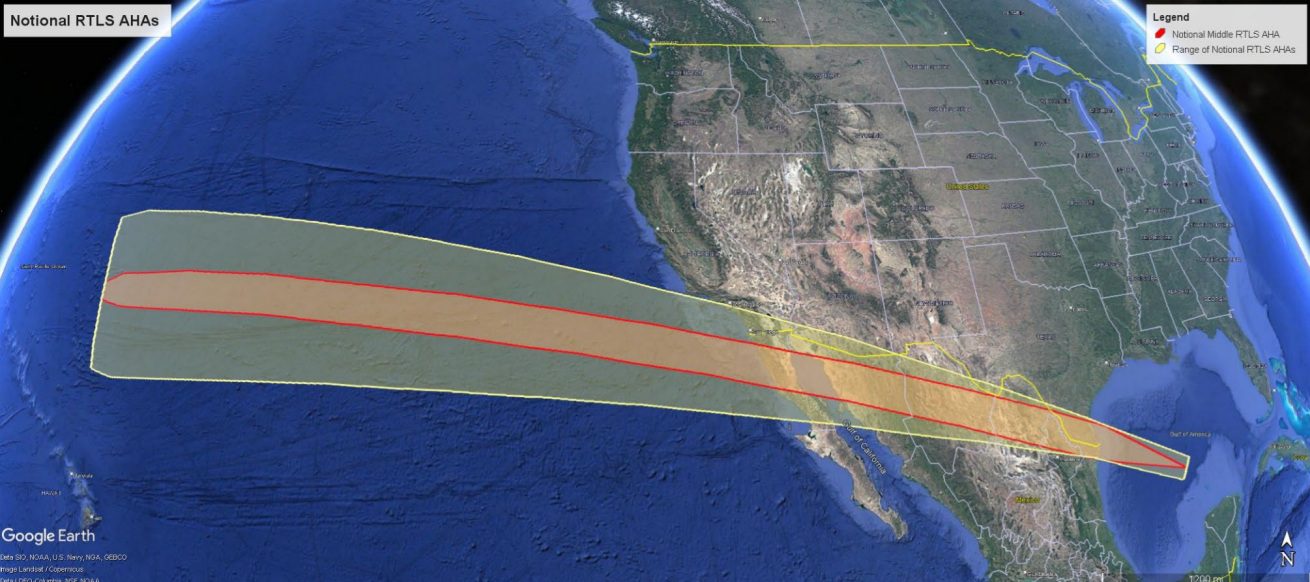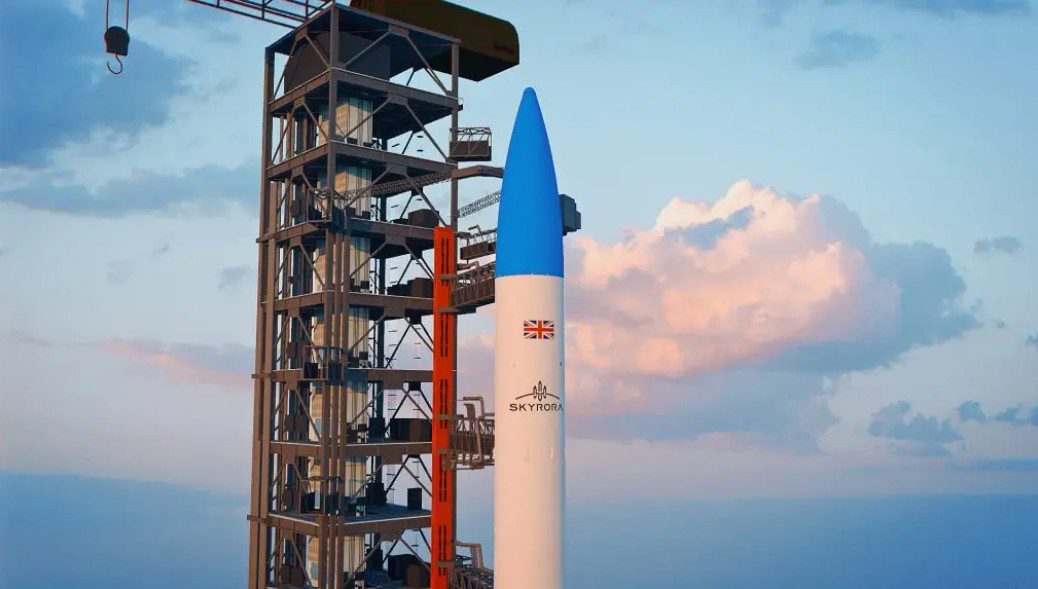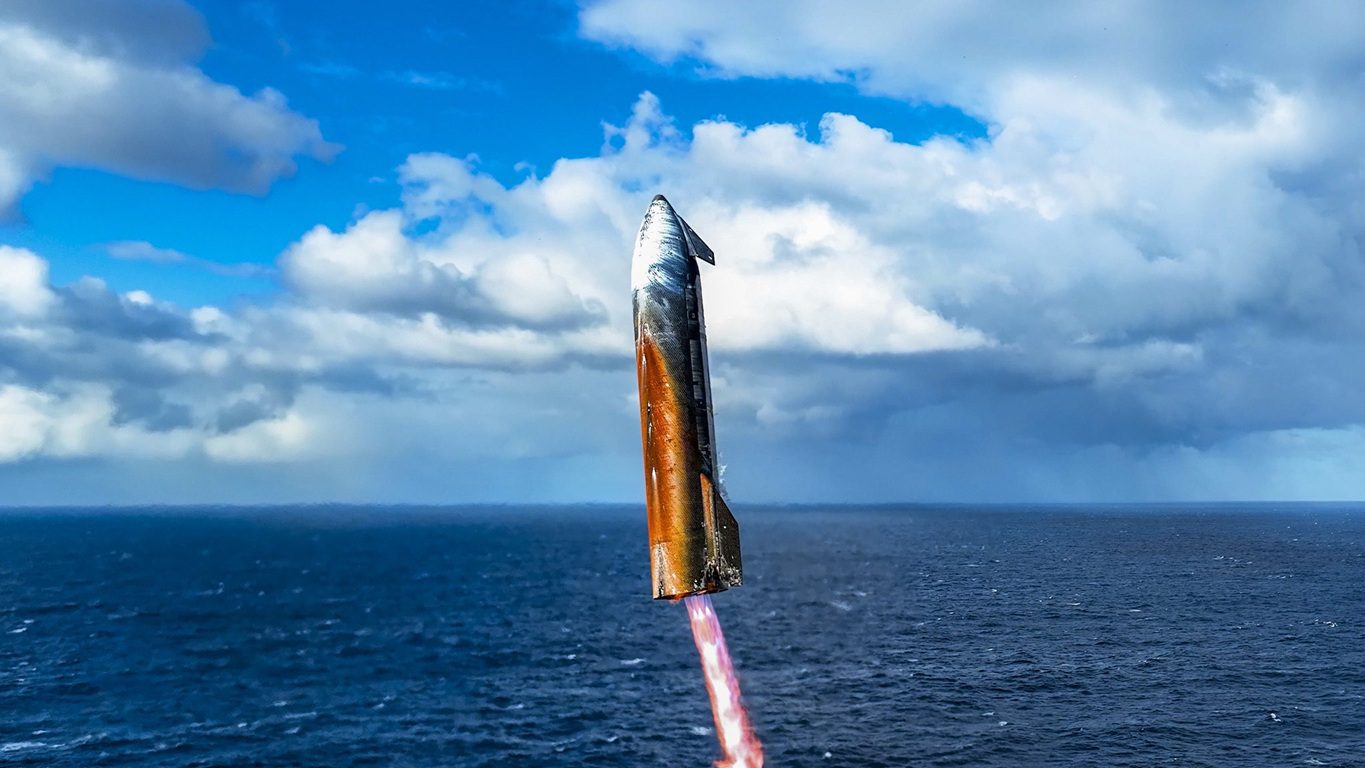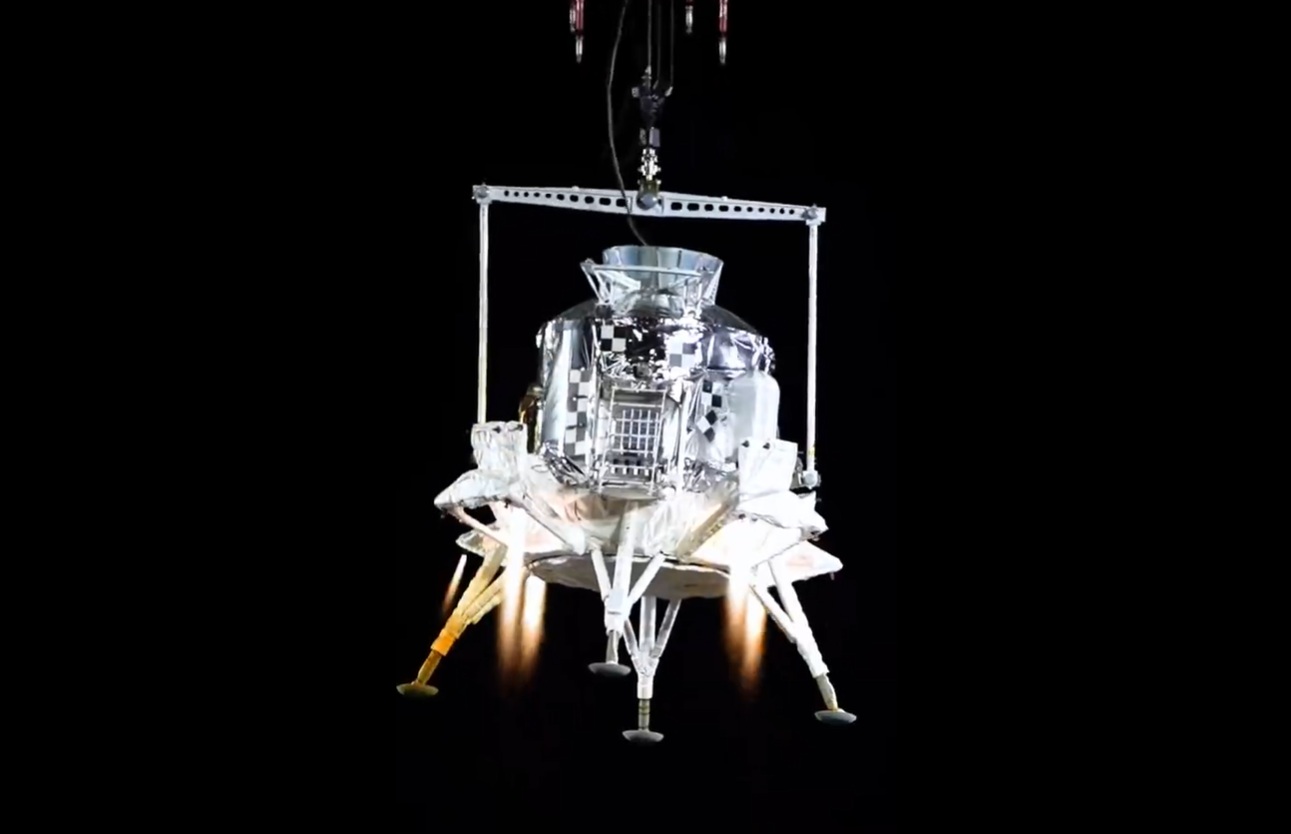While the wiser satellite market analysts had previously predicted it about seven years ago, the market trend to build either very large communications satellites or very small ones for use in Geostationary Earth Orbit (GEO) is only now becoming fully evident. This smaller satellite trend was further bolstered in January when operator and manufacturer Astranis Space Technologies decided to build its own small satellite, temporarily dubbed Astranis-1. The 300 kg satellite already has a core customer, Pacific Dataport, for its 7.5 gigabits per second of Ka-band capacity to Alaska. Pacific aims to provide much needed broadband service to the remote region, including the Aleutian Islands.
Although very large GEO communications satellites are now being regularly launched – with two above 7,000 kg, Telstar 18 Vantage and Telstar 19 Vantage, last year – it was not until late 2018 that the trend for very small ones also became clear. This was when two sub-500 kg satellites for use in GEO were separately ordered: Gapsat-1 from Terran Orbital (in September) and Ovzon 3 from SSL in December. The reasoning is that while the largest satellites can offer benefits of scale that reduce the cost of capacity, very small satellites can offer niche services to certain sectors and regions, as is evident in this latest Astranis move.

